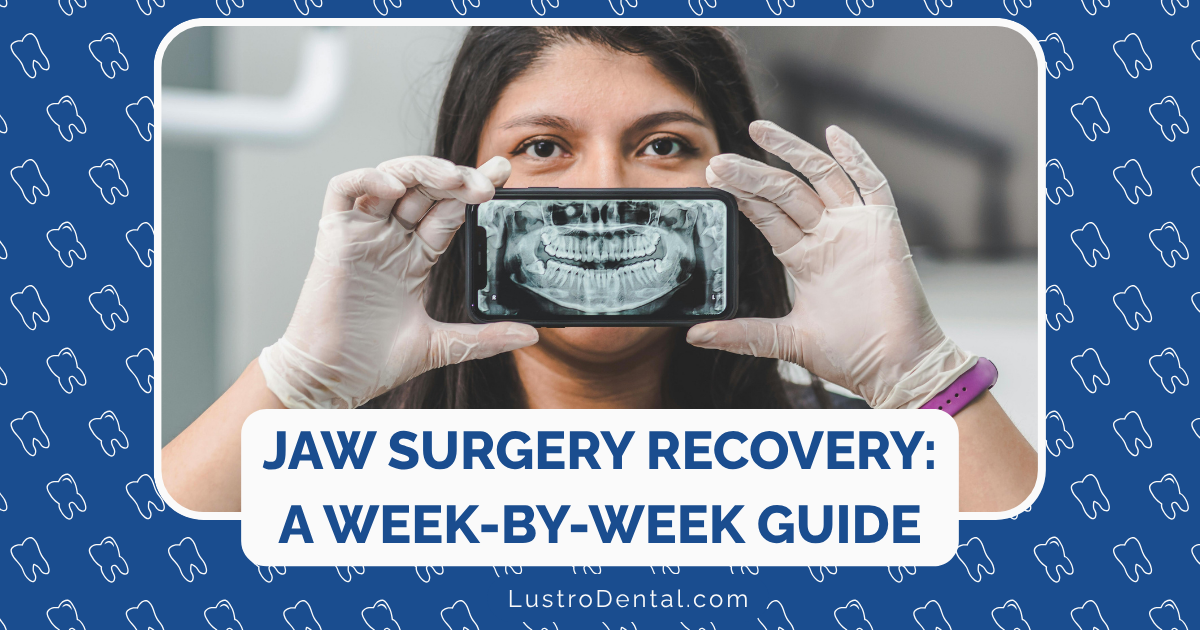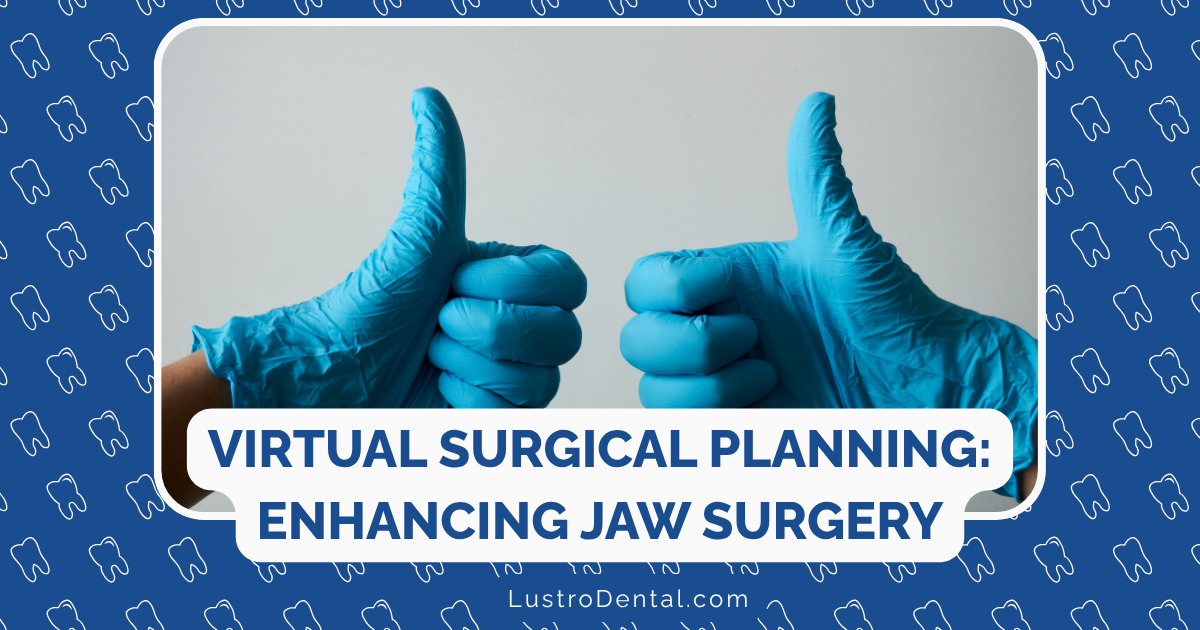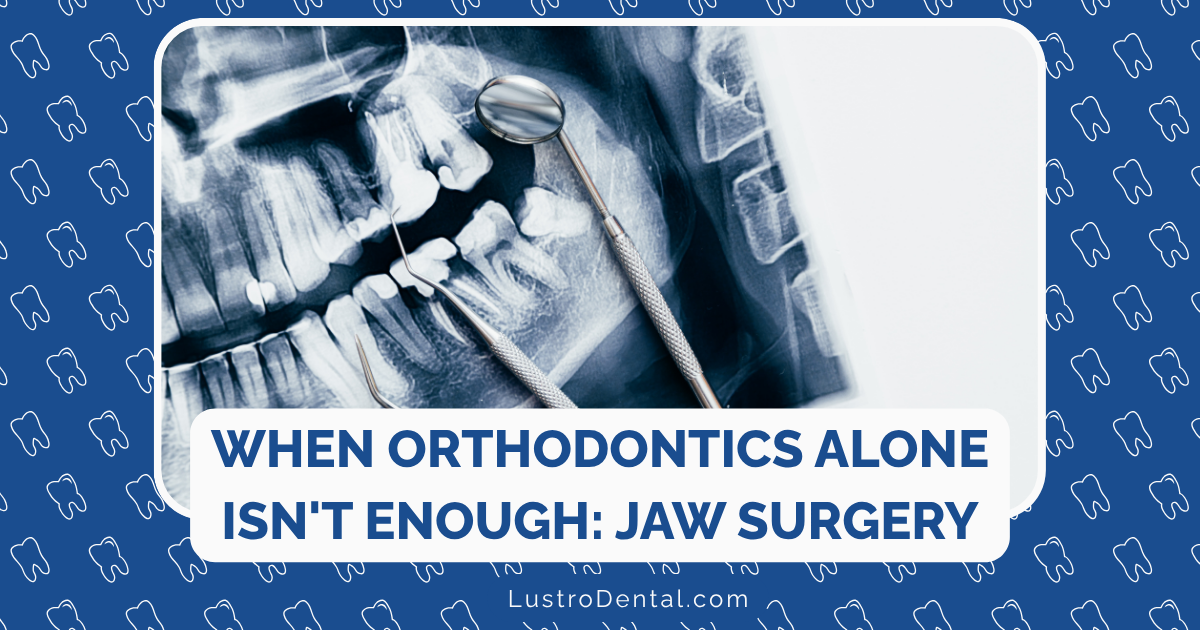Accelerated Orthodontics: Technologies Speeding Up Adult Treatment

When adults consider orthodontic treatment, one of the first questions I hear is, “How long will I have to wear braces?” It’s a valid concern—the prospect of spending 18 to 36 months with braces or aligners can feel daunting, especially when balancing career and social commitments.
The good news? Advances in orthodontic technology have introduced innovative approaches that can significantly reduce treatment time without compromising results. Welcome to the world of accelerated orthodontics, where cutting-edge technologies are transforming the adult treatment experience.
In this article, we’ll explore the science behind accelerated orthodontics, examine the most effective technologies available in 2025, and help you understand if these time-saving approaches might be right for you.
Understanding the Science: Why Orthodontic Treatment Takes Time
Before diving into acceleration methods, it’s helpful to understand why traditional orthodontic treatment takes as long as it does. Moving teeth isn’t simply about applying force—it’s about triggering a biological process called bone remodeling.
When pressure is applied to a tooth, specialized cells called osteoclasts break down bone on the pressure side, while osteoblasts build new bone on the tension side. This coordinated cellular activity allows teeth to move through bone—but it happens at a biologically determined pace.
According to a 2025 systematic review published in the Turkish Journal of Orthodontics, the average orthodontic treatment duration is approximately 20 months. Accelerated orthodontics aims to safely speed up this biological process, potentially reducing treatment time by 30-50%.
Leading Accelerated Orthodontic Technologies in 2025
Let’s explore the most effective technologies currently available for speeding up adult orthodontic treatment:
1. Micro-Osteoperforation (PROPEL®)
What It Is: This minimally invasive procedure involves creating small perforations in the bone surrounding the teeth that need to move.
How It Works: These micro-perforations stimulate the body’s inflammatory response, temporarily increasing the activity of bone-remodeling cells. This controlled “injury” accelerates the natural process of bone turnover, allowing teeth to move more quickly through the bone.
The Procedure: A trained orthodontist uses a specialized device to create tiny perforations (typically 1.5mm deep) in the gum and bone. The procedure takes 5-10 minutes and is performed under local anesthesia.
Effectiveness: According to clinical studies, micro-osteoperforation can increase the rate of tooth movement by 2-3 times. A 2025 systematic review found that this technique can reduce overall treatment time by approximately 30%.
Patient Experience: Most patients report minimal discomfort during and after the procedure. The perforations heal within a few days, and normal activities can be resumed immediately. Some patients experience mild soreness similar to what they feel after an orthodontic adjustment.
Best For: Adults with moderate to complex cases who want to reduce treatment time without committing to daily use of an at-home device.
2. Vibration Therapy (AcceleDent® and PROPEL VPro5™)
What It Is: These FDA-cleared devices deliver gentle micropulses to the teeth and surrounding bone.
How It Works: The micropulses (about 8 times gentler than an electric toothbrush) stimulate cellular activity in the periodontal ligament and surrounding bone, accelerating the remodeling process.
The Procedure: Patients bite down on a mouthpiece connected to a handheld activator for just 5-20 minutes daily (depending on the specific device). The device can be used with any type of orthodontic appliance, including braces and clear aligners.
Effectiveness: Clinical research shows mixed results, but some studies indicate that consistent use may reduce treatment time by up to 50%. The Journal of Clinical Orthodontics reports that effectiveness varies based on individual biological factors and consistent use.
Patient Experience: Most patients find vibration therapy comfortable and easy to incorporate into their daily routine. An added benefit reported by many users is reduced discomfort after orthodontic adjustments.
Best For: Motivated adults who can commit to daily use and prefer a non-invasive approach to accelerating treatment.
3. Photobiomodulation (OrthoPulse®)
What It Is: This technology uses low-intensity infrared light to stimulate the bone surrounding the teeth.
How It Works: The light energy penetrates the gums and alveolar bone, stimulating cellular metabolism and increasing the rate of bone remodeling. This accelerates tooth movement without causing tissue damage.
The Procedure: Patients use a hands-free device that delivers infrared light to both arches simultaneously. Treatment requires just 10 minutes of daily use at home.
Effectiveness: According to a 2025 clinical study, consistent use of photobiomodulation can accelerate tooth movement by up to 30-50%, potentially reducing treatment time proportionally.
Patient Experience: The procedure is painless and convenient. The device is designed to be used while reading, watching TV, or engaging in other sedentary activities. Some patients report that it also reduces discomfort associated with orthodontic adjustments.
Best For: Adults looking for a completely non-invasive, painless option to reduce treatment time who can commit to daily use.
4. Piezocision
What It Is: A minimally invasive surgical technique that combines micro-incisions in the gum with localized piezoelectric (ultrasonic) stimulation.
How It Works: Small incisions are made in the gum tissue, and a piezoelectric knife is used to create micro-cuts in the bone. This stimulates a robust inflammatory response that accelerates bone remodeling.
The Procedure: Performed under local anesthesia, the procedure takes about 30 minutes. Small incisions are made between the roots of the teeth, and the piezoelectric instrument creates precise bone cuts without damaging soft tissue.
Effectiveness: Research indicates that piezocision can reduce treatment time by 40-60%. The Turkish Journal of Orthodontics reports that it’s particularly effective for space closure and alignment of severely crowded teeth.
Patient Experience: While more invasive than other acceleration methods, piezocision is less traumatic than traditional surgical approaches. Patients typically experience mild to moderate discomfort for 2-3 days and can resume normal activities within 24 hours.
Best For: Adults with severe crowding or spacing issues who want significant time reduction and are comfortable with a minor surgical procedure.
5. AI-Enhanced Treatment Planning
What It Is: Advanced artificial intelligence systems that optimize tooth movement sequences and force applications.
How It Works: These systems analyze 3D scans of the patient’s dentition and use machine learning algorithms to determine the most efficient path of tooth movement. This reduces unnecessary movements and optimizes force application.
The Procedure: The orthodontist uses AI software to plan treatment, and the resulting protocol is implemented through precisely manufactured aligners or customized braces.
Effectiveness: While not directly accelerating the biological process of tooth movement, AI planning can reduce treatment time by 15-30% through more efficient movement patterns. According to East Tennessee Orthodontics, AI integration is becoming a standard approach for reducing treatment duration.
Patient Experience: Patients don’t directly interact with the AI technology, but they benefit from more predictable results and fewer adjustments or refinements during treatment.
Best For: All adult patients, as this approach can be combined with other acceleration methods for cumulative time savings.
Comparing Effectiveness: What the Research Shows
When evaluating accelerated orthodontic technologies, it’s important to consider the quality of evidence supporting their effectiveness. According to a comprehensive 2025 systematic review, here’s how the leading technologies compare:
| Technology | Potential Time Reduction | Evidence Quality | Invasiveness | Daily Commitment |
| Micro-Osteoperforation | 30-50% | High | Moderate | None |
| Vibration Therapy | 20-50% | Moderate | None | 5-20 min/day |
| Photobiomodulation | 30-50% | Moderate | None | 10 min/day |
| Piezocision | 40-60% | High | High | None |
| AI Treatment Planning | 15-30% | Emerging | None | None |
It’s worth noting that individual results vary significantly based on:
- Case complexity
- Individual biology
- Consistent use (for at-home devices)
- Practitioner expertise
- Type of orthodontic appliance used
Who Benefits Most from Accelerated Orthodontics?
While accelerated orthodontics can benefit many patients, certain groups may find these technologies particularly valuable:
Adults with Time-Sensitive Goals
If you have a wedding, career milestone, or other significant event on the horizon, acceleration technologies can help you achieve your smile goals in time for the big day.
Professionals with Public-Facing Roles
Those in client-facing or public-speaking positions often prefer to minimize the time spent in visible orthodontic appliances. Acceleration methods can help reduce this window significantly.
Patients with Periodontal Concerns
Surprisingly, some acceleration methods may actually benefit patients with mild to moderate periodontal issues. The controlled inflammatory response can stimulate not only bone remodeling but also periodontal regeneration when properly managed.
Those with Higher Risk of Root Resorption
Shorter treatment duration is associated with a lower risk of root resorption (shortening of the roots). For patients with identified risk factors for this complication, acceleration technologies may offer a protective benefit.
Potential Drawbacks and Considerations
While accelerated orthodontics offers significant benefits, it’s important to consider potential limitations:
Additional Cost
Most acceleration technologies involve additional fees beyond standard orthodontic treatment. Costs typically range from $500 to $3,000 depending on the technology and extent of treatment.
Insurance Coverage
As of 2025, most dental insurance plans consider acceleration technologies to be elective and don’t provide coverage. However, some flexible spending accounts (FSAs) and health savings accounts (HSAs) can be used for these expenses.
Not Suitable for All Cases
Patients with certain medical conditions or taking specific medications may not be candidates for some acceleration methods. A thorough evaluation by an orthodontist is necessary to determine eligibility.
Possible Discomfort
Some acceleration methods, particularly the more invasive options, may cause temporary discomfort. However, many patients report that this is offset by the reduced overall treatment time.
Real Patient Experiences
Sarah, 42 – Micro-Osteoperforation with Clear Aligners
“I was hesitant about the PROPEL procedure at first, but it was much less uncomfortable than I expected—just a bit of pressure and mild soreness afterward. My orthodontist estimated my case would take 24 months, but with the micro-osteoperforation treatments (I had three sessions over my 14-month treatment), I finished in just under 15 months. The time savings was absolutely worth it for me.”
Michael, 38 – AcceleDent with Traditional Braces
“Using AcceleDent became part of my nightly routine—I’d use it while watching TV for 20 minutes. It was completely painless, and I noticed that my teeth felt less sore after adjustments. My treatment was originally estimated at 22 months, but I completed it in 14 months. The convenience factor was huge for me as a busy professional.”
Jennifer, 55 – OrthoPulse with Clear Aligners
“At my age, I was looking to minimize treatment time as much as possible. The OrthoPulse was easy to use—just 10 minutes each evening. I changed my aligners every 5 days instead of every 10 days, and completed my 18-month treatment plan in just under a year. The device was expensive, but the time savings made it worthwhile for me.”
Making Your Decision: Is Accelerated Orthodontics Right for You?
When considering acceleration technologies, ask yourself these questions:
- How important is treatment duration to you? If reducing time in braces or aligners is a high priority, acceleration methods may be worth the investment.
- Are you willing to commit to daily device use? If you choose a method like AcceleDent or OrthoPulse, consistent daily use is essential for effectiveness.
- What is your comfort level with minimally invasive procedures? If you prefer to avoid any surgical interventions, non-invasive options like vibration therapy or photobiomodulation may be more appropriate.
- What is your budget for orthodontic treatment? Consider whether the additional cost of acceleration technologies fits within your financial plan.
- Do you have any medical conditions that might affect eligibility? Certain conditions may limit your options for acceleration methods.
The Future of Accelerated Orthodontics
Looking ahead, several promising developments are on the horizon:
- Bioactive materials that release compounds to stimulate bone remodeling
- Gene therapy approaches that temporarily modify cellular activity around teeth
- Combination therapies that leverage multiple acceleration mechanisms simultaneously
- More sophisticated AI algorithms for treatment optimization
- Personalized acceleration protocols based on genetic testing and biomarkers
Conclusion: Balancing Speed and Quality
While the appeal of shorter treatment time is undeniable, it’s important to remember that the ultimate goal of orthodontic treatment is a healthy, functional, and aesthetically pleasing smile that lasts a lifetime. The best approach to accelerated orthodontics balances the desire for speed with the need for quality results.
If you’re considering orthodontic treatment as an adult, discuss acceleration options with a qualified orthodontist who can evaluate your specific case and recommend appropriate technologies. With the right approach, you may be able to achieve your smile goals in significantly less time than traditional methods would require—without compromising the quality of your results.
Have you had experience with accelerated orthodontic technologies? I’d love to hear about your experience in the comments below!







